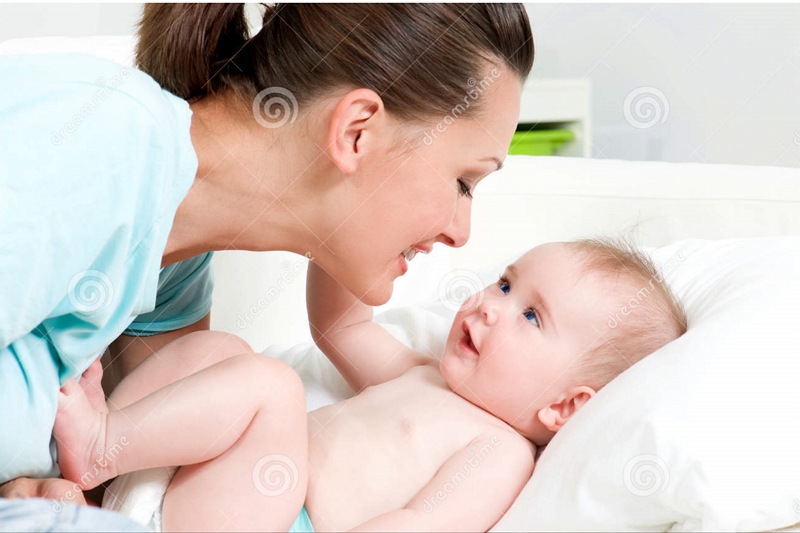In this blog, we will talk about when to take maternity photos.
Maternity photos are a great way to document your pregnancy and capture the memories of when you were pregnant. Whether it’s for yourself or as a gift, there are many benefits to taking maternity photos. But when should you take them? There is no right or wrong answer when it comes to when to take maternity photos, but we will provide some tips and tricks that might help make this decision easier!

When to take maternity photos: when you feel the most beautiful and confident – When should you take your maternity pictures? It’s important to find a time when you feel comfortable and happy. After all, this is such an exciting moment in your life! There are many different stages of pregnancy that can require different clothes or poses.
You may even want to consider taking them at multiple times throughout the nine months so that no phase goes un-documented! If there were any special moments during those long 40 weeks when it felt like something real was happening inside of you… now is probably a good time for some lovely photographs too. But remember, these photos aren’t only meant for yourself – why not make sure they will be cherished by others as well?
Benefits of Taking a Maternity Leave?
#1. A woman who takes maternity leave can take time to bond with her new child and recover from giving birth which will also help her avoid any postnatal depression that may come on as well as getting paid at least some money during this period.
She might be able to return to work earlier than expected or resume training for an upcoming role by starting part-time before going full-time again after having had a baby.
#2. This would allow them more flexibility in their job while still being able to spend time with their family too! Due to the fact many women tend not have received enough days off because they have to be available or want it desperately, this can help for a smooth transition back to work and not have them feel overwhelmed either.
#3. Maternity Leave: In Estonia, the length of paid maternity leave is six months. The employer must hold open a position in either an existing company location or at a new location within 50 kilometres from where they live if required by the employee.
If this option is not available then two years can be taken as unpaid leave. If an employee wishes, they can split their six months of leave into three periods to allow them more flexibility in managing both work and family responsibilities.
Note:
Mothers are not legally entitled to paid maternity leave in the following countries: Papua New Guinea, Suriname, Nauru, Palau (Guam), Marshall Islands, Kiribati, Tuvalu, Tonga, Samoa.
Things needed for Maternity:
- Pillow
- Babies things
- Bag for dirty clothes
- Phone charger
- Bassinet/Stroller/Crib and Mattresses
- Water bottle
Maternity can start any time between conception and birth. First, you need to know how old your baby is before making a list of what’s needed. You should have “at least” one month before the baby comes so that means buying things now instead of later will save you money! Be sure to keep all receipts in case they are needed as proof of purchase.
Make sure if something isn’t on sale then wait until it goes down because items like diapers go up every six months or less depending on where you buy them from! If possible try using coupons to get deals but make sure there are no restrictions with store coupon policies which will make it hard to use coupons if you combine them with other offers, like buy one get one free.
What is the difference between maternity leave, parental leave and sick leave?
The main differences lie in how long employees are allowed to take off work for each kind of absence, who pays them during their absence from work, whether they receive full pay while on approved absences from work or partial pay (i.e., paid other than through wages), and which government agency administers the rules governing leaves from employment.
In general terms: Maternity includes all pregnancy-related medical conditions including prenatal appointments as well as postpartum care following delivery/birth; this would also include infertility treatments such as IVF etc.; Parental refers to a parent taking time off after the birth/adoption of a child; Caregiver is for those who take time off to care or assist an ill family member and Personal Illness means that the employee took leave because they were sick.
Employees: While most employees are entitled to paid maternity, parental, caregiver and personal illness leaves from work, there are exceptions which include certain unionized workplaces where other arrangements may be made between management and unions (i.e., collective agreements).
Non-union employees such as managers or professionals employed under contract with their company can receive full pay while on approved absences from work but not through wages; casual employees also do not get any form of paid absence except under very limited circumstances; part-time workers don’t get any more paid days off than full-time workers, but they are guaranteed at least some pay.
How many bra sizes do you go up when pregnant?
There is no definitive answer for this as every woman’s body will change differently, however, it is common to go up at least one or two bra sizes.
